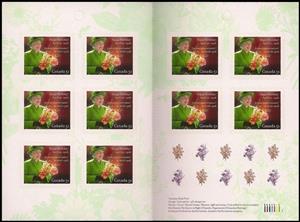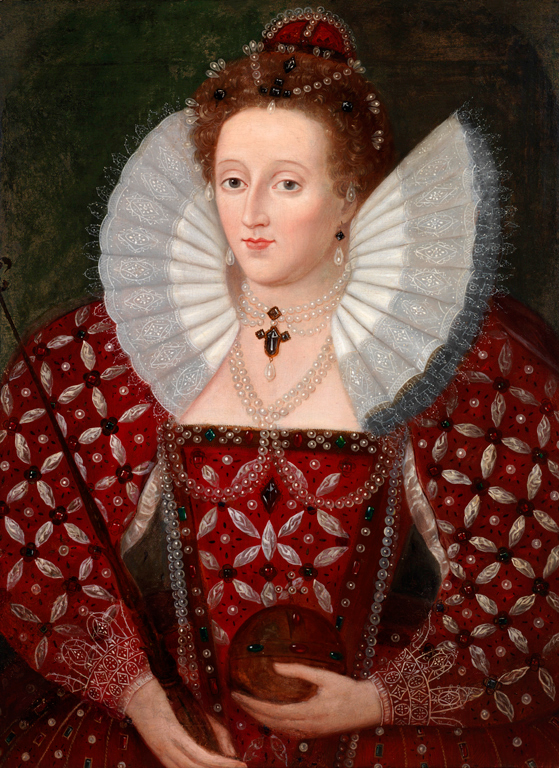Booklet Pane: Queen Elizabeth II, Happy Birthday!, April 21, 1926 (Canada 2006)
Queen Elizabeth II, Happy Birthday!, April 21, 1926 (Canada 2006)
12 January (Canada ) within release Queen Elizabeth II, 80th Birthday goes into circulation Booklet Pane Queen Elizabeth II, Happy Birthday!, April 21, 1926 face value 10*51 Canadian cent
| Booklet Pane Queen Elizabeth II, Happy Birthday!, April 21, 1926 in catalogues | |
|---|---|
| Michel: | Mi:CA MH0-319 |
| Stamp Number: | Sn:CA 2142a |
| Yvert et Tellier: | Yt:CA C2201 |
| Stanley Gibbons: | Sg:CA 2381a |
Booklet Pane is square format.
Booklet pane of 10 x 51¢ (Sn CA 2142) + 10 stickers (BK321).Booklet Pane Queen Elizabeth II, Happy Birthday!, April 21, 1926 it reflects the thematic directions:
An anniversary is the date on which an event took place or an institution was founded in a previous year, and may also refer to the commemoration or celebration of that event. For example, the first event is the initial occurrence or, if planned, the inaugural of the event. One year later would be the first anniversary of that event. The word was first used for Catholic feasts to commemorate saints. Most countries celebrate national anniversaries, typically called national days. These could be the date of independence of the nation or the adoption of a new constitution or form of government. The important dates in a sitting monarch's reign may also be commemorated, an event often referred to as a "Jubilee".
A flower, sometimes known as a bloom or blossom, is the reproductive structure found in plants that are floral (plants of the division Magnoliophyta, also called angiosperms). The biological function of a flower is to effect reproduction, usually by providing a mechanism for the union of sperm with eggs. Flowers may facilitate outcrossing (fusion of sperm and eggs from different individuals in a population) or allow selfing (fusion of sperm and egg from the same flower). Some flowers produce diaspores without fertilization (parthenocarpy). Flowers contain sporangia and are the site where gametophytes develop. Many flowers have evolved to be attractive to animals, so as to cause them to be vectors for the transfer of pollen. After fertilization, the ovary of the flower develops into fruit containing seeds. In addition to facilitating the reproduction of flowering plants, flowers have long been admired and used by humans to beautify their environment, and also as objects of romance, ritual, religion, medicine and as a source of food.
Queen - the title of reigning female monarch or the wife of the king in a number of countries
A Royalty is the immediate family of a king or queen regnant, and sometimes his or her extended family. The term imperial family appropriately describes the family of an emperor or empress, and the term papal family describes the family of a pope, while the terms baronial family, comital family, ducal family, grand ducal family, or princely family are more appropriate to describe the relatives of a reigning baron, count, duke, grand duke, or prince. However, in common parlance members of any family which reigns by hereditary right are often referred to as royalty or "royals." It is also customary in some circles to refer to the extended relations of a deposed monarch and his or her descendants as a royal family. A dynasty is sometimes referred to as "the House of ...". As of July 2013, there are 26 active sovereign monarchies in the world who rule or reign over 43 countries in all




